Tingker TK300 IEMS – Delayed But Never Forgotten
Priced at 99 USD, we have a high quality IEM from China, and Audiosense, the same company who made the mighty AQ3, the new Tingker TK300. With Dual Knowles Balanced Armatures, and a Dynamic driver hybrid configuration. It will be compared to Tin Audio T5 (130 USD), IKKO OH1 Meteor (140 USD), and HIDIZS MS2 Rainbow (90 USD)
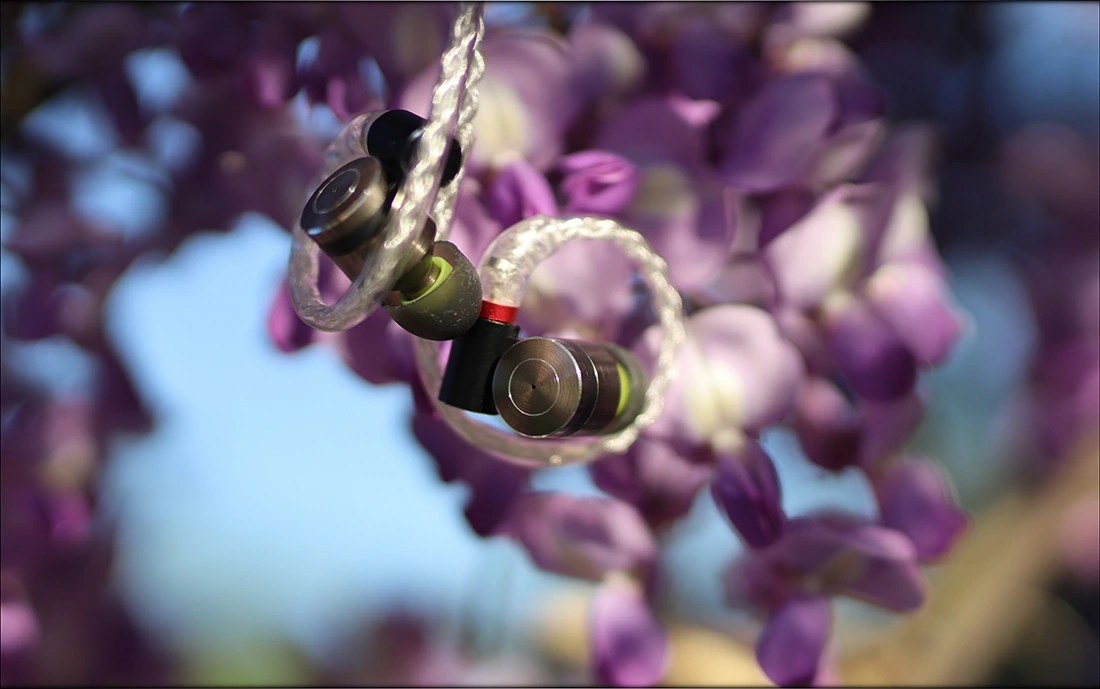
Introduction
Tingker is a sub company of the mother company Audiosense, and is managed by the same people. I forgot to post my review on the TK300 for almost a year, until I found it on the shelf for “to be reviewed”, so it will be interesting to see how it stacks up to IEMs released nowadays, and what the performance is like for an IEM released a while ago, but which was considered to be high value. TK300 has a hybrid configuration, with a good build quality, and Knowles drivers.
It should be noted that I have absolutely no affiliation with Audiosense or Tingker, I am not receiving any incentive for this review or to sweeten things out. I’d like to thank Audiosense for providing the sample for this review. Every opinion expressed is mine and I stand by it. The purpose of this review is to help those interested in Tingker TK300 find their next music companion.
Product Link
You can grab one from www.amazon.com here: https://amzn.to/3t2Gw1k
If you’re in the UK, you can grab one from www.amazon.co.uk here: https://amzn.to/36DLREL
And if you’re from Europe, you can grab one from www.amazon.de here: https://amzn.to/3heNnzk
Packaging
First things first, let’s get the packaging out of the way:
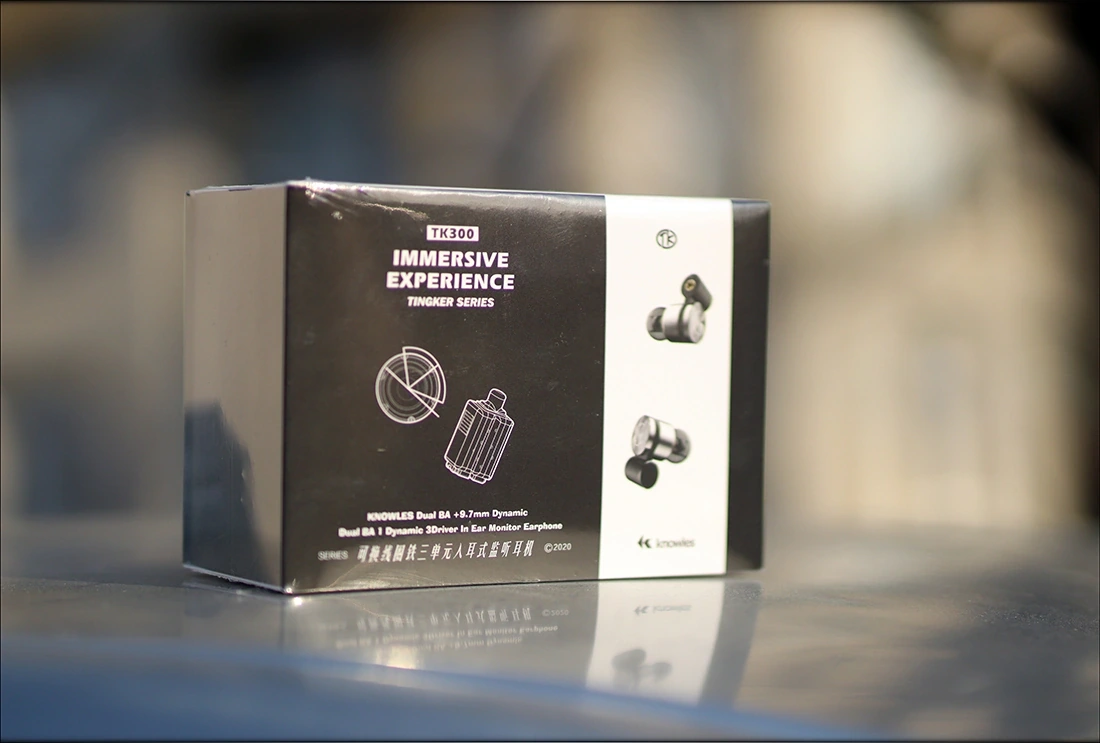

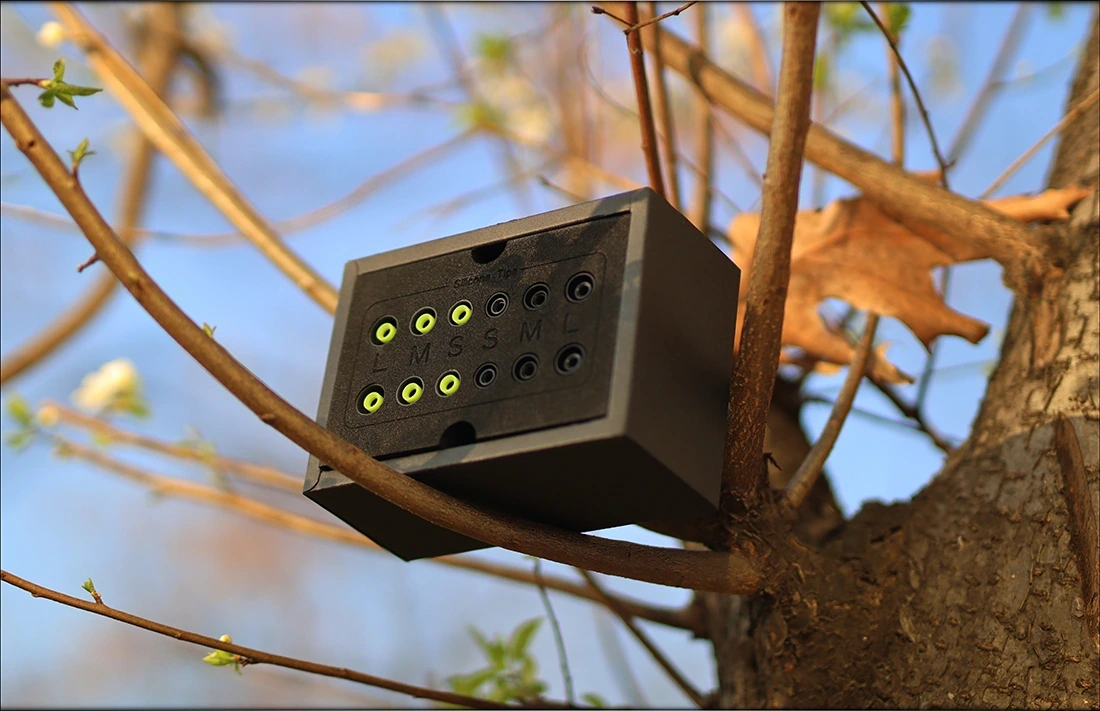

The package of TK300 is rather minimalistic, smaller than most Chifi IEMs I review nowadays, but it comes with a really beautiful high-end carrying case that is plastered with wool on the inside. They also come with two types of silicone tips.
Build Quality/Aesthetics/Fit/Comfort
The first thing you notice with TK300 is that they have a high-quality cable, with a thick and resilient construction. They also have a detachable cable, based on the MMCX connector, and ended in a 3.5mm single ended connector. The cable is not tangle prone, and does not conduct microphonic noise, being rather flexible and ergonomic. The cable is made of silver plated copper with eight strands, each strand having 19 pieces 0.05 in size.
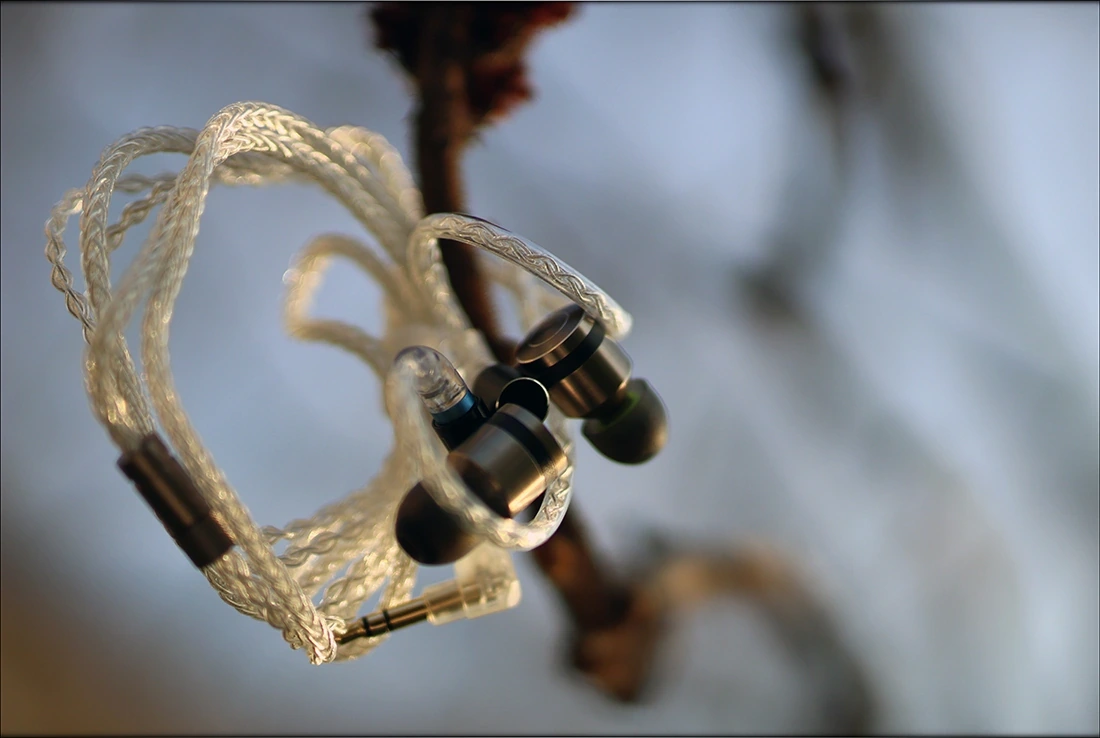
The IEM shells are made of Aluminum, while the large 9.7mm dynamic driver is coated in Titanium. We have a low impedance of 18 Ohms, which is rather ok, and an ok SPL of 105dB. This means that TK300 will be rather easy to drive, but may be somewhat sensitive to hiss. With 8 grams in total, so 4 grams for each EM shell, TK300 is rather light and should be comfortable for most people.
The cable has soft ear guides and those are rather tight, and you can totally feel them coiled around your ear while wearing the IEMs, but do not cause discomfort. The passive noise isolation of TK300 is average to poor, having between 10 and 20 dB of passive noise isolation, depending on the frequency, tips and how good your seal is. They do not leak at all, at least not audibly so.

Despite the theoretically easy to drive design, I am running them at 105 / 150 on Astell & Kern sE180, so they do eat quite a bit of power to be driven well.
Sound Quality
For driving the TK300, I have been using Astell & Kern SE180, iBasso DX240, Lotoo PAW 6000, and Dethonray DTR1+ Prelude. They are drivable with more affordable sources, but if you tend to listen loud and very loud, you’ll need to step the volume up to 80% – 90% for most portable sources.
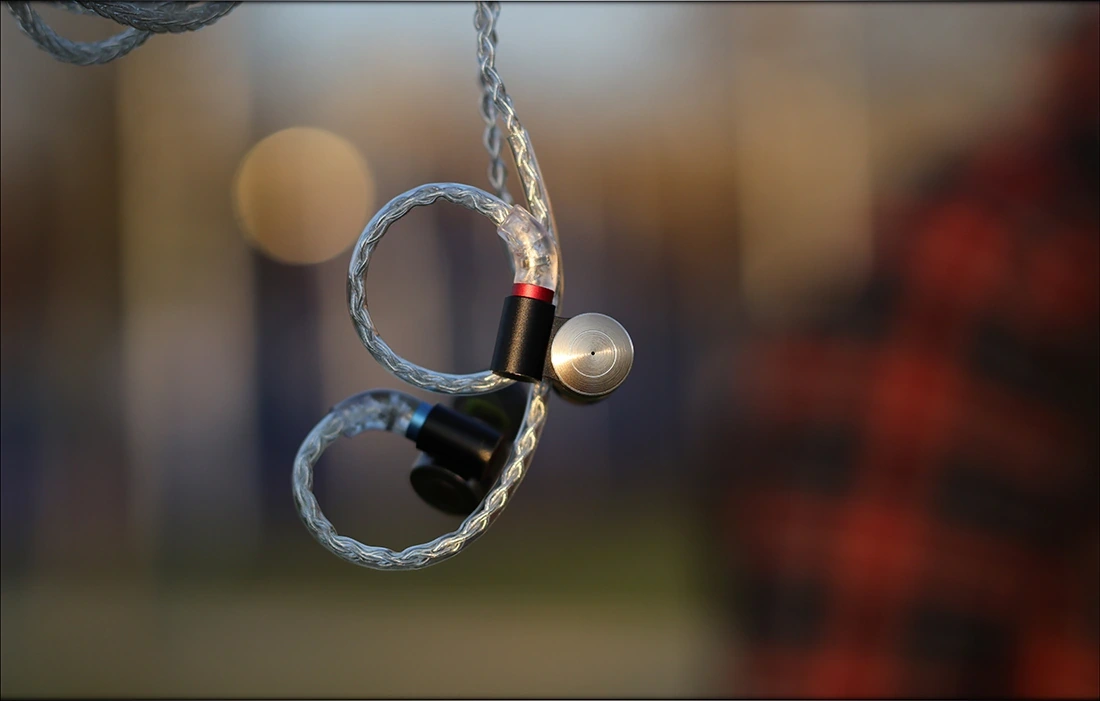
The signature of TK300 is generally V-Shaped, with a really slow and well cooked bass, tons of details and a strong technical edge, a dynamic and engaging sound, excellent treble extension, and a fairly natural timbre and tonality. All in all, they are versatile and work well with all music styles, and the sonic presentation they provide is best at extremely high volumes, being more vivid, more engaging and more detailed the louder you go. At lower volumes, the V-Shaped signature becomes more evident, midrange is pulled away from the listener, and everything is more flat, including the stage that seems to get more narrow and compressed, especially at quiet listening levels. All the listening impressions and descriptions have been taken at medium to loud listening levels.
The bass of TK300 is clean, deep and sounds quite slow, even for a dynamic driver bass. I’ve seen quite a few people saying it reminds them of a high quality subwoofer, and that is correct, it moves a lot of air and gives music a ton of body / energy, without forcing itself too much on the listener. The slow speed is enough for rock, metal and most Electronic music, but not for Technical EDM, Trancecore, or Math Metal / certain Death Metal / Deathcore bands. The bass is especially pleasing with music that’s recorded to sound as close as possible to acoustic, having just the right amount of body to create the feeling / impression you’re right there with the artist while they play the song.
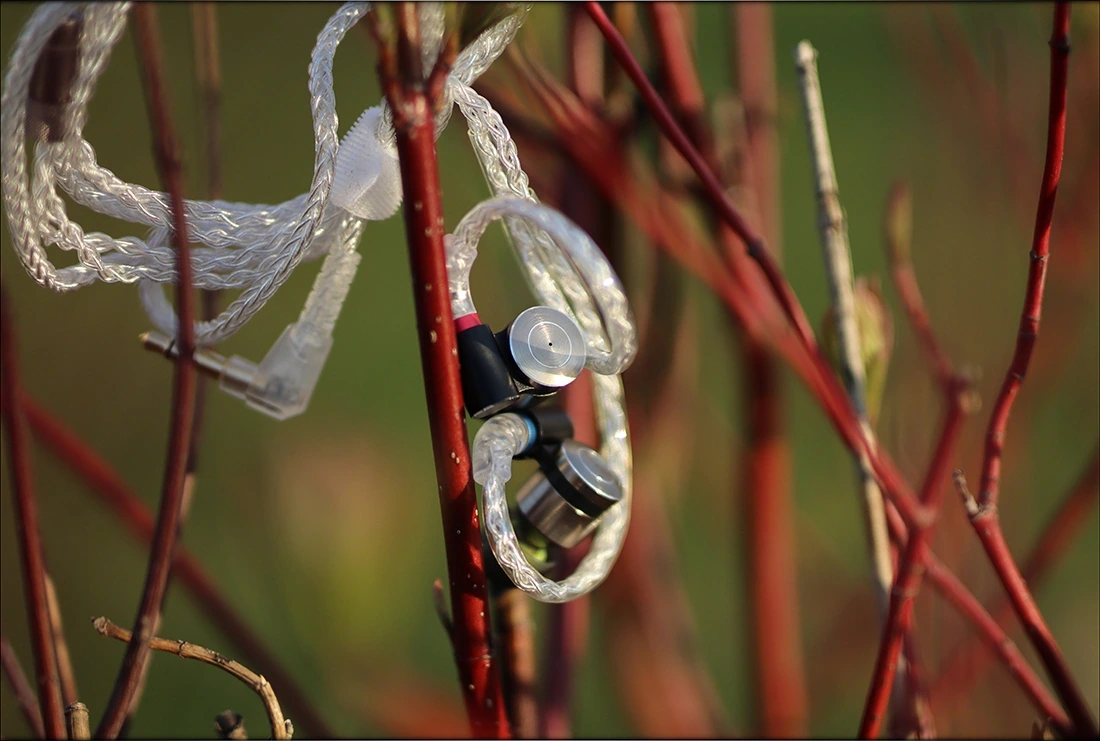
The midrange of TK300 is lower in amount, relative to the bass and the treble. This V-Shaped signature gets more balanced at higher volumes, and the overall detail is always really good, with exceptional resolution, layering and instrument separation, along with imaging. The voicing is also very natural and clean, with a good amount of emotion and upper midrange presence, to give pianos, as well as female voices the intended energy and bite. Guitars sound smooth, and the texture type of TK300 is generally on the smooth side, as they are not overly fatiguing, and rather risk becoming a bit boring compared to the competition that tends to have a much more aggressive texture around the price point.
The treble of TK300 is detailed, clean, and has exceptional extension for the price point. We’re talking about an IEM that can easily extend up to 15kHz, for the entry-level price range, so TK300 delivers well on all fronts here. The treble has some emphasis compared to the midrange, but most of the emphasis is in the mid treble, rather than lower treble, so sound is usually not metallic, harsh or exaggerated in sibilance. In fact, despite the high quantity of treble, the texture and presentation is on the softer side, giving the TK300 a soft and relaxed presentation that can feel a bit too smooth.
Comparisons

Tingker TK300 vs IKKO OH1 Meteor (99 USD vs 140 USD) – The Basshead Meteor is more comfortable, but also heavier, and TK300 has a slightly better cable quality. The sound of the Meteor is deeper, heavier, and it has a quicker bass. The stage of Meteor is a bit wider, but TK300 has more and better instrument separation, presented in a more intimate space. TK300 is more V-Shaped, has a stronger treble, and more treble extension. Both have a smoother texture presentation. Good details are present on both TK300 and OH1 Meteor.
Tingker TK300 vs HIDIZS MS2 Rainbow (99 USD vs 90 USD) – MS2 Rainbow is another V-Shaped IEM with a good price point, so they make a veritable competitor for TK300. The comfort is actually comparable between them, although MS2 is a bit smaller and the cable is a bit more loose than that of TK300. TK300 has a thicker, more quality cable. The sound is more detailed, cleaner and more open on TK300 which has better treble extension. MS2 Rainbow sounds thicker, a bit more boomy, and also rolls off earlier. TK300 has a slower bass, which is interpreted as more natural, and more pleasing by some listeners, but the bass in particular is less technical, while the midrange is more detailed.
Tingker TK300 vs Tin Audio t5 (99 USD vs 130 USD) – T5 is actually a bit more comfortable than TK300, but the cable quality is a bit better on TK300. The overall sonics are more harsh on T5, with less sub bass extension, and TK300 sounds fuller, deeper, more dynamic, more detailed and has a much better overall technicality than T5. Comparing them side by side, T5 sounds almost loose, in comparison to TK300 which sounds tight, well balanced and natural in tonality.
Value and Conclusion
For the price of 99 USD, the package, IEM construction quality, and the technical prowess of the sound is excellent, and TK300 is still an excellent deal, even though I only managed to review it much later than it was sent my way. I think that it still makes sense to invest in purchasing it, and you won’t regret going for it, even in today’s full market.

At the end of the day, if you’re looking for a V-Shaped IEM with tons of detail, good instrument separation, fairly good construction quality, and a good amount of dynamics, Tingker TK300 should be a great option, even now in 2022.
Product Link
You can grab one from www.amazon.com here: https://amzn.to/3t2Gw1k
If you’re in the UK, you can grab one from www.amazon.co.uk here: https://amzn.to/36DLREL
And if you’re from Europe, you can grab one from www.amazon.de here: https://amzn.to/3heNnzk
--- Please remember to stay safe, and always have fun while listening to music!---
- If you have a dime to spare, please donate, and help us! It would make the day brighter for me and my wife-
Full Playlist used for this review
We listened to more songs than those named in this playlist, but those are excellent for identifying a sonic signature. I recommend trying most of the songs from this playlist, especially if you’re searching for new music! The playlists are different for Spotify, Tidal and Youtube, and based on the songs I enjoy and are available on each!
https://www.youtube.com/playlist?list=PL_cjBXGmwSHSdGcwuc_bKbBDGHL4QvYBu
https://open.spotify.com/playlist/5J3oloz8Riy9LxEGenOjQ0?si=979ba4f082414be7
https://tidal.com/browse/playlist/330fd544-8e5b-4839-bd35-676b2edbb3d5
--- Contact Us ---





